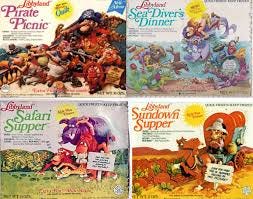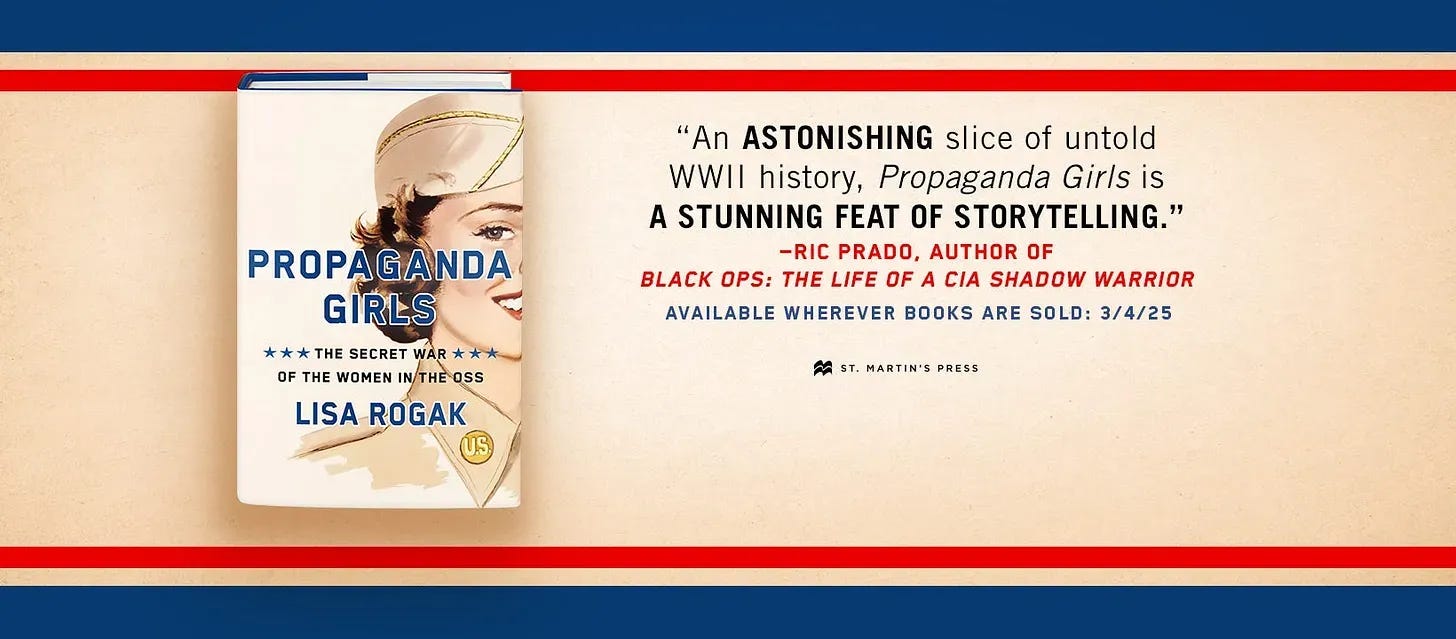The Seventies: A Character Sketch
A year or two ago, I signed up for a workshop where we wrote up character sketches for all the major characters in our books. [Thanks to Jill Swenson for suggesting this framework.]
I don’t remember if inanimate objects were included, but the 1970s were so important to who I was who I am today that I wrote a character sketch for the decade. I’ve touched on some of the objects from those formidable years in past posts, but having the following cheat sheet on hand helps me weave them into my memoir as minor characters.
My point is that it’s okay to take a typical prescriptive from any writing workshop, class, essay, or craft book, and turn it on its head for your own unique purposes.
So here goes:
Who and what were the/my 1970s?
I was born in the 60s but most of the things I remember were from the 70s.
All of the items out of that decade – from mood rings to Space Food Sticks – were my friends, my companions.
In part, because they were as inanimate as me.
And unlike the animate beings who shared my same four walls, they didn’t yell or scream or put me on display or drag me around to show me off.
The Seventies and I were on equal footing, and we expected very little from each other. We just were; we appreciated each other for its present state, not for its potential.
Songs like “Classical Gas,” “The Unicorn,” “Brand New Key.” I liked music that told stories, that were neatly wrapped up in 3 or 4 minutes – except for “American Pie.” I listened to WABC-77 on my Toot-a-Loop radio which hung from the handlebars of my Schwinn banana seat Orange Peeler. Manhattan — home to the iconic radio station — was maybe 15 miles away as the crow flew, but it was a whole world away from the stifling trying-to-be-perfect town where I lived.
The music was all in the background, but without it all the chaos in my house would have been in bolder relief. The music allowed me to look away.
We did not go without. My mother bought us all the stuff that kids clamored for back then: Pixie Stix, Libbyland frozen dinners, Count Chocula and Quisp and Quake cereals. Maybe she bought us all this stuff because she knew she was deficient as a mother. Not that she was trying to make up for her shortcomings, maybe more like she bought us whatever we wanted because then we’d leave her alone. That, and maybe because she was so poor and went hungry during her own Depression-era childhood she loved to live a life rich with things. Plus, this was something she could do that didn’t require emotion or interaction.
She never held back with food but she did with our clothes. I don’t know why. We went to Korvettes or Two Guys – Kmart predecessors – and picked out two or three outfits for the new school year and a pack of underwear, supplemented by thrift store finds.
Maybe she was stockpiling away money in advance of the divorce.
Or maybe she wanted to punish my father through us: you’re a dentist and your kids wear rags.
Or maybe — most likely? — she just didn’t care.
Another friend was the small black-and-white TV on a side counter in the kitchen that real estate agents would later refer to as a breakfast bar. I contorted myself on a padded stool and ate my dinner there by myself watching clips from the nightly news with Walter Cronkite, consisting mostly of grainy clips of tiny soldiers tramping through the mud or pushing aside palm trees.
The Vietnam War was always the lead story. I had no idea what it was about, but black POW/MIA flags dotted the neighborhood and POW bracelets encircled skinny wrists. The boys in my class were too young to be drafted, but I heard of friends’ older brothers moving to Canada or coming home in body bags.
Then, Watergate. In the afternoons after school, I’d perch on that stool with a glass of milk and a piece of chocolate layer cake — which also served as my DIY breakfast most days — and watched Bugs Bunny and I Love Lucy reruns. When the Watergate trials aired, I was mad because my shows were preempted.
With both the war and Watergate, I never asked what was going on. Most kids didn’t, I realize, but I didn't question anything else either, like why my mother had moved into the den, why my sister was so explosive, and why my father was so sad.
[Side note: I just found out about the forthcoming book The Wounded Generation by David Nasaw that I’m looking forward to/terrified to read.]
The hippies and kids a few years ahead of me were out in city streets protesting, throwing Molotov cocktails, calling the cops pigs, and taking copious amounts of drugs. In the mid-70s I went through my own brief hippie stage – wearing dashikis and dousing myself with too much patchouli – but that train had already left the station. The second half of the decade created a vacuum where both punk and disco slipped in. I loved I Will Survive, The Hustle, Rock the Boat, etc. etc. There was an energy to disco that was the polar opposite of the morgue-like inside of my house after my father moved out and then died, which deepened even more after my mother kicked my sister out six months later.
Characteristics: The weirdness, the anger of the first half of the decade followed by the ennui of the second half. The bad color photos in magazines where everything took on an unappetizing shade of brown.
By 1975 everything had changed — Nixon resigned, the war ended — but life had stalled. Where does a country go after their president quits?
People were shellshocked after the end of the war and the end of Nixon. Without these things to focus on, people were angry because things were either changing too quickly or not changing fast enough, which ended up cancelling each other out, resulting in a weird kind of stasis.
Physical description: WIN buttons, smiley faces on everything, vests with pompom fringe, shampoo made with fruit, bellbottoms, the energy crisis, even/odd day-of-the-week gas rationing, Love’s Baby Soft.
Background: Stereotypes were the rule so when All in the Family appeared and turned stereotypes on its head, people were shocked. it was such a train wreck; they couldn’t look away. Plus it was riotously funny.
Dominant Trait: Unfocused anger and dissatisfaction between those who clung to the old ways and those who wanted change.
Who/what do they care about most? Themselves. There’s a reason why the 70s were called The Me Decade.
Words/phrases: Dyno-mite! Whip Inflation Now. Have it your way. Nixon with a peace sign on each hand.
What purpose does the character serve in the story? Sometimes a foil, sometimes the ridiculous paired to the unfathomable.
A buddy to the protagonist, providing security, safety, and companionship in her world, which sorely lacked all three.
And a motivation for the antagonist.
The 70s is background but certain elements can be arranged and developed to serve as a backdrop to the protagonist’s story, move the story along, help her to move forward, and provide comic relief and pathos.
This Week’s Takeaway: Like everything in life, take whatever advice you need but always give it a twist of your own. You may be caught off guard — happily — by the sparks that appear.







I can so relate to this character "the 70s" easily as I shared much of the same pop culture at the same time. Loved the twist to this "assignment" from our workshop. Make it work for YOU as a writer, always. And thanks for the ear worm: Brand New Key.
What an interesting concept, a character sketch of a decade. I think I will give it a go for the 80’s and see if it will be a help in my framework for my life storytelling. Thanks for sharing yours!